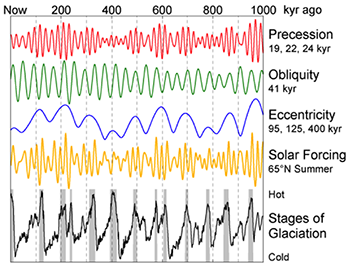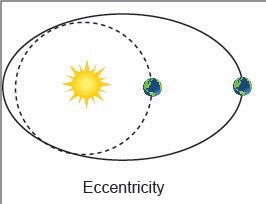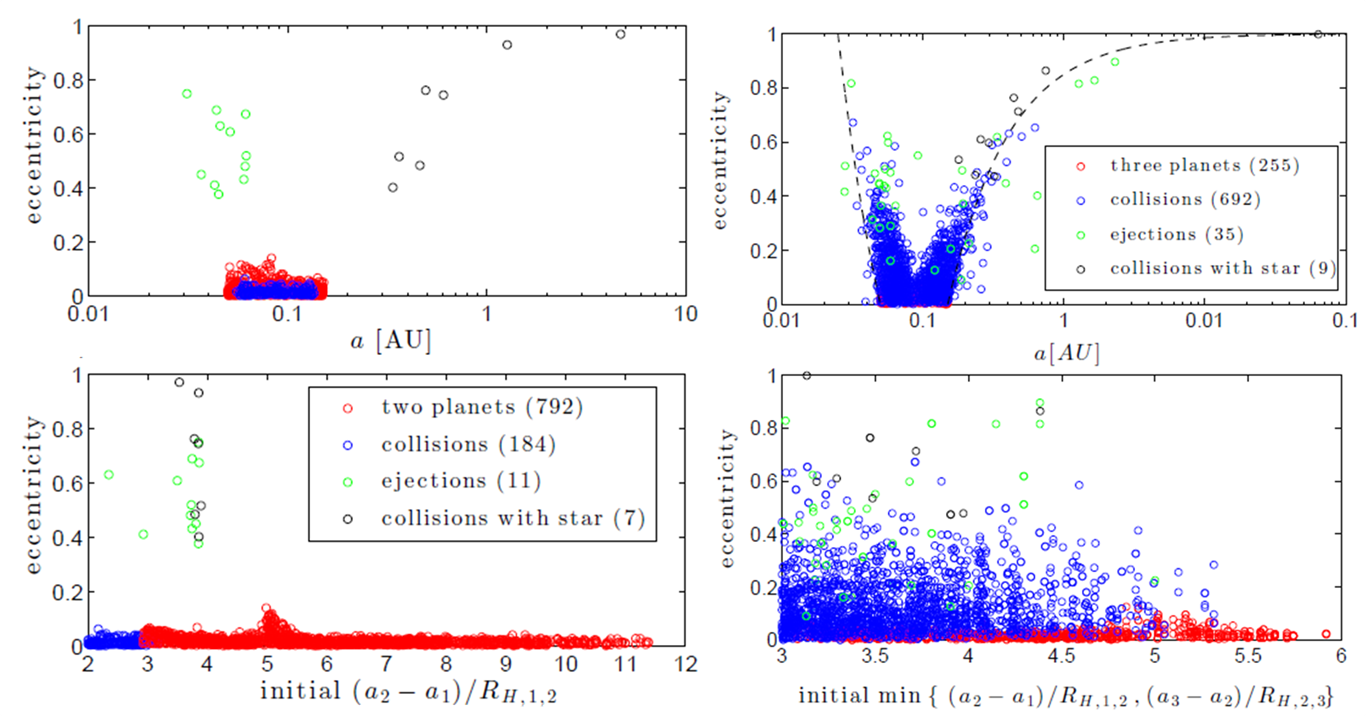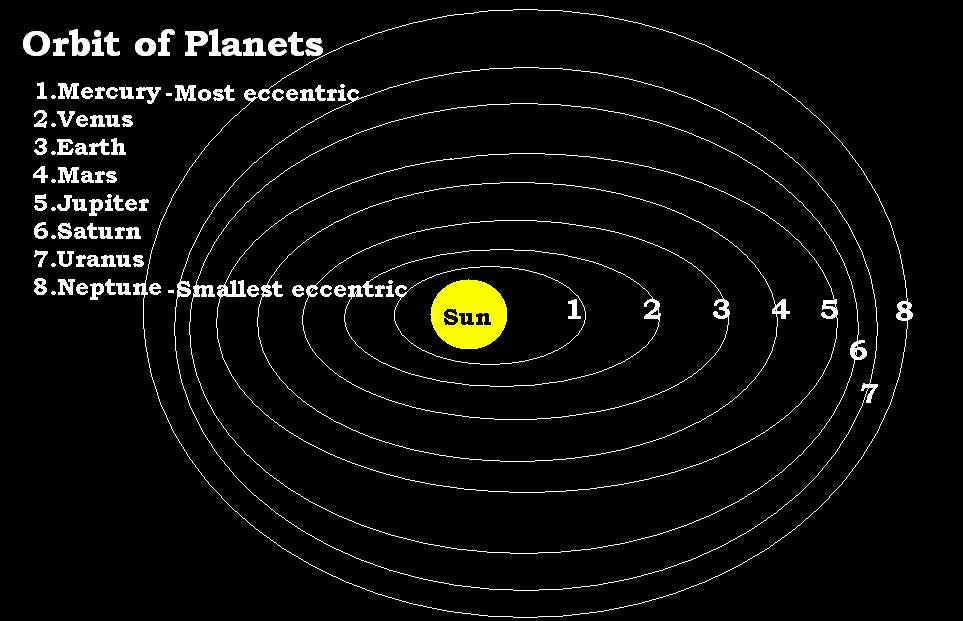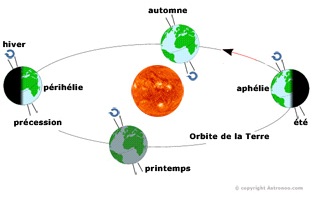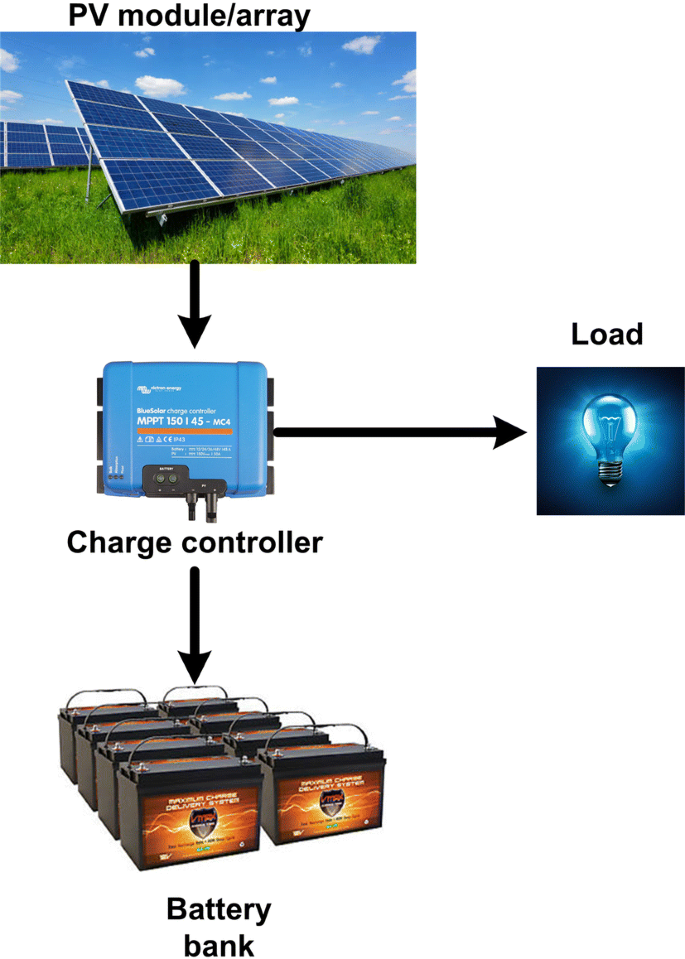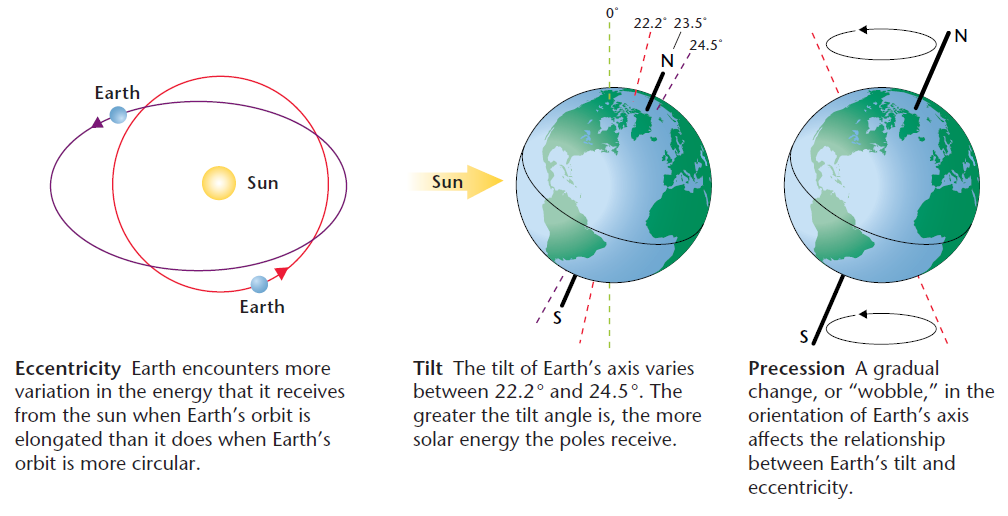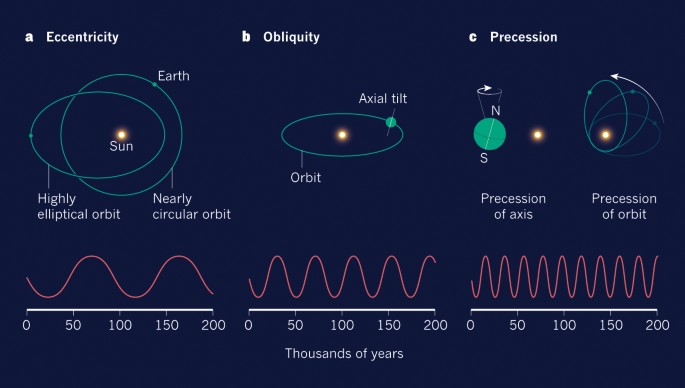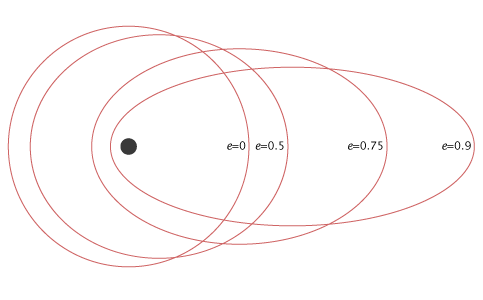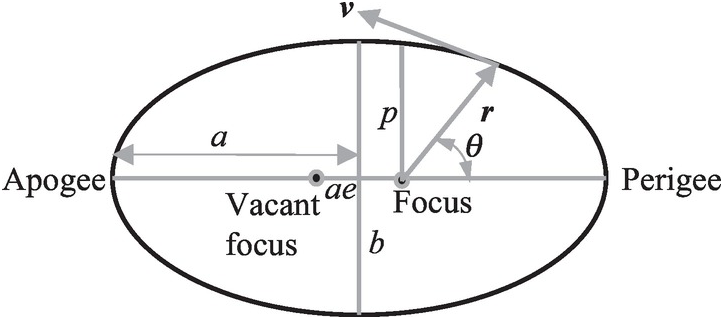Over time the pull of gravity from our solar system s two largest gas giant planets jupiter and saturn causes the shape of earth s orbit to vary from nearly circular to slightly elliptical.
Eccentricity solar panels.
Many solar panels use silicon one of the planet s most common elements.
5 hours x 290 watts an example wattage of a premium solar panel 1 450 watts hours or roughly 1 5 kilowatt hours kwh.
Thus the output for each solar panel in your array would.
This fact has been widely interpreted to indicate that the solar system is an atypical member of the overall population of planetary systems.
The solar energy captured by the earth is on average during the year of 1367 w m2.
1 these aren t as efficient as high quality silicon.
For the sake of example if you are getting 5 hours of direct sunlight per day in a sunny state like california you can calculate your solar panel output this way.
The three milankovitch cycles impact the seasonality and location of solar energy around the earth thus impacting contrasts between the seasons.
If e 0 the orbit is a circle.
How much energy does a solar panel produce.
Eccentricity is simply the shape of the earth s orbit around the sun.
Most of the planets have eccentricities close to 0 so they must have orbits which are nearly circular.
Time to begin a scientific investigation of the planet.
Juno is a nasa space probe orbiting the planet jupiter it was built by lockheed martin and is operated by nasa s jet propulsion laboratory the spacecraft was launched from cape canaveral air force station on august 5 2011 as part of the new frontiers program.
The orbital eccentricity of an astronomical object is a dimensionless parameter that determines the amount by which its orbit around another body deviates from a perfect circle a value of 0 is a circular orbit values between 0 and 1 form an elliptic orbit 1 is a parabolic escape orbit and greater than 1 is a hyperbola the term derives its name from the parameters of conic sections as every.
The eccentricity e is a number which measures how elliptical orbits are.
Juno entered a polar orbit of jupiter on july 5 2016 utc.
But since creating silicon crystals of suitable quality is difficult and expensive home solar systems are usually built from similar but less expensive materials such as copper indium gallium and selenide cigs.
Pluto is a frigid ball of ice and rock that orbits far from the sun on the frozen fringes of our solar system.
This energy varies from 6 between the point closest to the sun and the furthest point it varies between 1408 and 1326 w m2 w m2.
The solar system planets have near circular orbits i e unusually low eccentricity compared with the known population of exoplanets planets that orbit stars other than the sun.
Over time the eccentricity varies substantially so that the earth sun distance varies between 129 and 187 million km.
Considered a planet.

